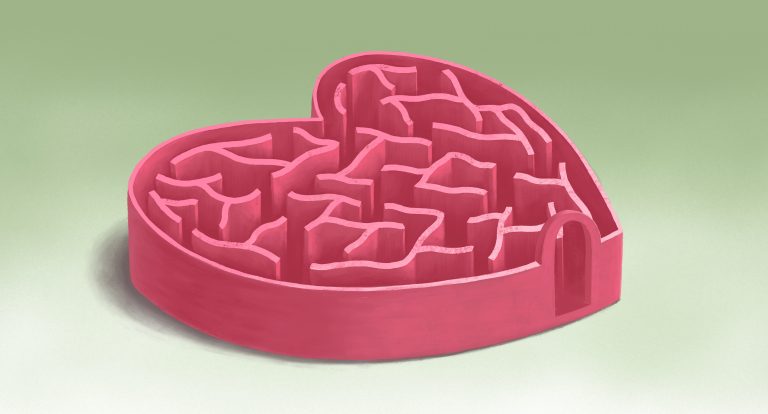
When John Eng started studying the poisonous venom of the Gila monster in the early 1990s, it wasn’t immediately clear if the research would lead somewhere. But Eng, a physician and a researcher who was working at the Veterans Administration Medical Center at the time, wanted to build on previous research that showed that the venom of some animals could potentially control blood sugar in humans, helping treat diabetes.
He discovered a compound in the venom that mimicked a human hormone and licensed it to a pharmaceutical company for drug development. After more R&D, the discovery eventually led to GLP-1 drugs including Ozempic, the blockbuster diabetes and weight-loss medicine. The drugs can have severe side effects, and aren’t perfect. But they could also save tens of thousands of lives in the U.S.
It’s one of many examples of how obscure fundamental research, funded by the government, leads to pharmaceutical innovation. (In Eng’s case, the research was funded by the Department of Veterans Affairs, and some of the research he built on was funded by the National Institutes of Health.) And it illustrates how the cuts that the Trump administration is trying to make to NIH funding would slow down medical progress.
“Fundamental research is kind of the pacesetter of technical progress,” says Pierre Azoulay, a professor at MIT Sloan School of Management who studies technological innovation. In a study, Azoulay found that 31% of NIH grants produce articles that are later cited by private-sector pharma patents.
“We’re putting one dollar in and we get many, many, many more dollars out,” he says. “It’s just that we’re not getting it next year. We’re getting it over the next five, 10, 15, 20, 25 years. Things take a long time to percolate through the economy. But we are getting those benefits.”
Last Friday, the NIH announced that it was slashing funding for “indirect” costs in research grants and capping it at 15%, down from 40% to 60% at most institutions. That money covers the infrastructure that makes research possible, from building labs, paying electric bills, and setting up IT infrastructure, to paying administrative staff. It’s so fundamental to how the system works that if the cuts stay in place, researchers say it would be catastrophic. “The horrified reaction of people in academia . . . isn’t hyperbole,” Azoulay says. “15% would really be like the sky falling down.”
That’s not to say that the current system couldn’t be more efficient, he says. Some of the indirect costs now come from NIH’s own policy for grant recipients to fill out paperwork and comply with a long list of requirements. The whole system, which has been in place since World War II, is “in serious need of reform, maybe even radical reform,” he says. “But radical reform is not what happened a few days ago. It was like, shoot first and aim later.”
In theory, pharmaceutical companies could do more basic research themselves. But they obviously have different incentives than researchers at a university or other independent labs. Drug companies might be less likely to pursue something like the Gila monster research. Fundamental research “is not tied to any particular product, necessarily,” says Azoulay. “It can be, in rare cases. But most often, it’s undertaken for lots of reasons. Sometimes it’s usefulness, but sometimes just curiosity. You don’t know if or when or where it’s going to be useful. So the private sector is not going to do it.”
If a drug company makes a discovery that could also benefit their competitors, they might be less likely to pursue it. Academics, on the other hand, want to share their discoveries as widely as possible. Having multiple sources of funding for R&D—some from the private sector, and some from philanthropy, but mostly support from the federal government for universities—has made the U.S. the leader in biomedical innovation.
For decades, the basic system hasn’t really been politically controversial. Support for fundamental research has been “a bedrock principle of U.S. government policy,” Azoulay says. “I would say that up until last week I would have thought that’s a bipartisan point of agreement.”
After 22 states filed a lawsuit, arguing that the cuts would stop clinical trials and cause immediate layoffs, a judge temporarily blocked the changes, with a hearing to come on February 21. Other lawsuits are pending. Legally, the Trump administration shouldn’t be able to make the cuts: Congress explicitly banned NIH from making changes to how indirect costs are determined without prior approval.
The Trump administration is likely to keep fighting to reduce funding. Part of the motivation is, undoubtedly, to hurt universities. “This would be really bad for the institutions that do research, which I sometimes think is exactly the point,” says Azoulay. “They want to make Harvard cry.”
But the long-term effect would be to dramatically slow down the pace of innovation in health in the U.S. That effect won’t show up immediately, but will eventually be significant. “It’s like if you have a contractor come into your house and start hacking away at walls without looking at the building plans,” Azoulay says. “The house doesn’t fall down immediately. But you’re taking a big chance and it might actually fall down later on.”






